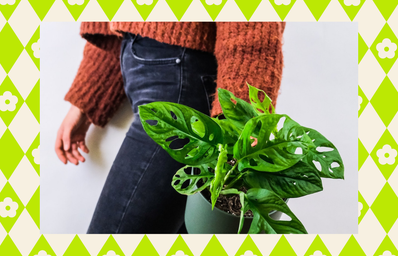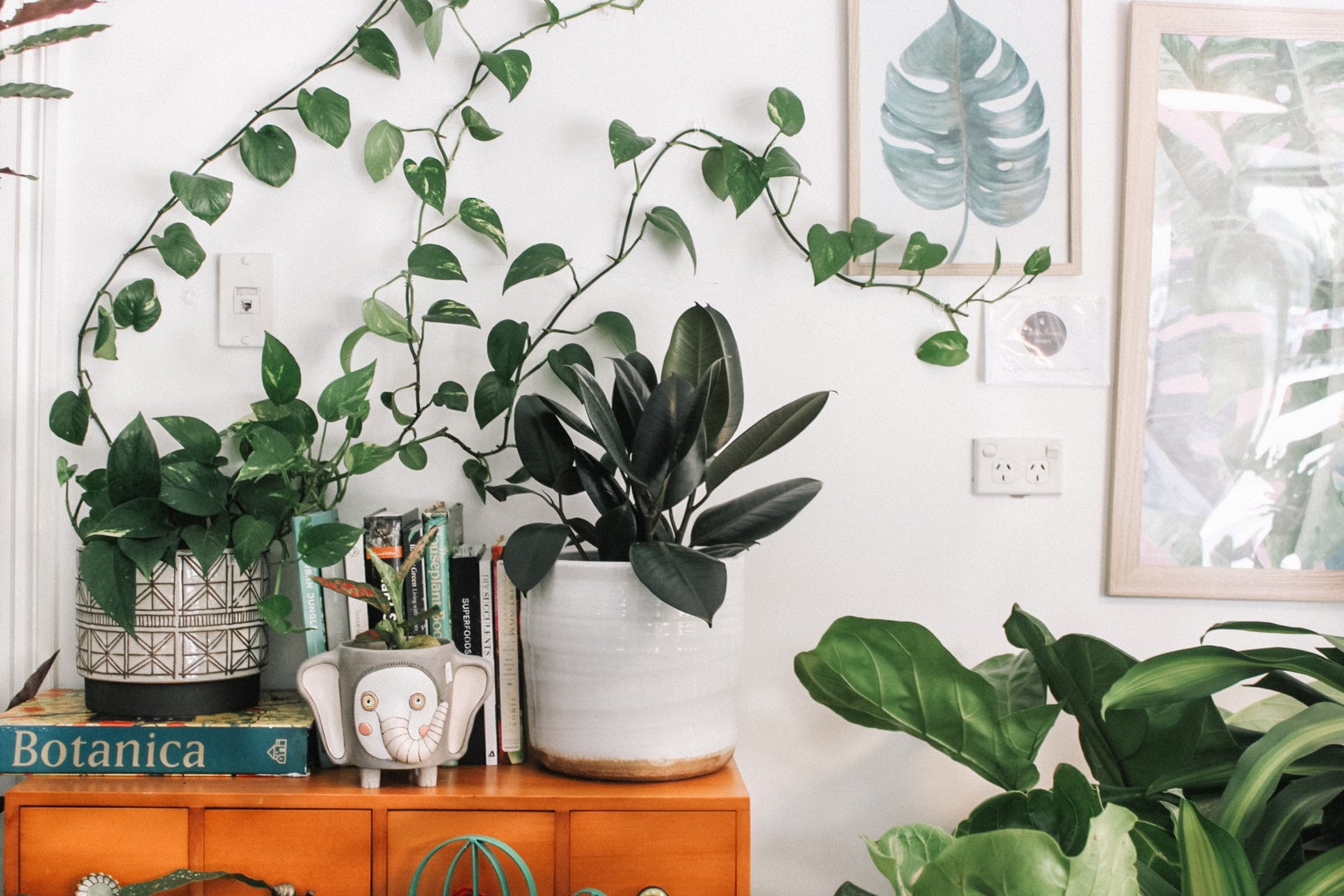Advice and tips from a Horticulture major on how to keep your plant alive.
For anyone whose thinking about getting a plant, you’re probably thinking that it will be easy. All plants need is water in order to survive. Which is true, but most people that buy a plant for their home end up dying shortly after. Take it from my Horticulture major roommate, for example. At the beginning of her journey of becoming a plant mom, she quickly learned that sunlight and water won’t keep plants alive. There are many components that go into trying to keep a plant alive, and sadly, it’s going to take some trial and error in order to find out.
Here are some tips from her that helped her save her plants from constantly dying:
- Use soil-less media, which is material in which plants grow in, by applying 1 part sand, 2 part perlite, and 2 part peat
- Allows good drainage and water/nutrients holding capacity
- Remove yellow and brown leaves
- Do not use tap water, filtered water is better
- Place house plants near well lit areas
- Some plants require 6 or more hours of sunlight a day if it requires high light; for low light plants, less than 3 hours a day is good
- Some plants require direct or indirect light. It really depends on the species of the plant.
- Some plants require 6 or more hours of sunlight a day if it requires high light; for low light plants, less than 3 hours a day is good
- Not every plant needs water every week
- Stick your finger 1-2 inches into the soil; if it’s dry, water it
- Make sure your plant pot has drainage holes so the soil won’t get too wet
- If your plant is too big for the pot it is currently in, repot it into a bigger pot
- When you see the roots coming out from the drainage holes, that means the pot is too small
- Check your plants for pests/disease
- Symptoms can be: webs, sticky residue, white dots, yellowing, or wilting of leaves
- You can buy pesticides or chop off any infected area
- Symptoms can be: webs, sticky residue, white dots, yellowing, or wilting of leaves
- Determine what type of plant you have and research more information on how to take care of it. Every plant is different!
- Fertilize plants during spring/summer (avoid using too much fertilizer because that can result in burning the roots)
- Equal nitrogen/phosphorous and any potassium number on the label are great fertilizers
- Deadhead flowers are flower heads that have already bloomed; remove those
Plants can be complicated, but their beauty is worth keeping them alive. Plants have many benefits to your mental and physical health. They ease people that suffer with anxiety or depression. Learning how to keep them alive allows a sense of accomplishment due to the many hurdles of tending to one. Once you’ve perfected that, there’s so many other plants that can use some TLC.



